
Developer: ACQUIRE
Publisher: PQUBE
Platform: PC, PS4, Switch
Tested On: Switch
Adventure Academia: The Fractured Continent – Review
Back in 2009, Japanese developer Zero Div released a little-known PSP game titled Class of Heroes. Atlus handled publishing duties for that game in Western territories, but in Japan, the honor went to ACQUIRE. Class of Heroes was a moderate success, garnering a handful of sequels, although only one of these saw release in the West. Until now, as ACQUIRE themselves have returned to the Class of Heroes universe with Adventure Academia: The Fractured Continent, a spin-off of that original PSP title. While Zero Div isn’t involved with this project, ACQUIRE has a fantastic track record as a developer, with titles like Octopath Traveler and Akiba’s Trip. While we’re not familiar with the original Class of Heroes, we were still eager to discover what Adventure Academia had to offer.
Story
As we mentioned, Adventure Academia is a spin-off of Class of Heroes. We’re unfamiliar with CoH‘s lore, so we’re not quite sure how connected both games are in terms of story. Given that any links to CoH are seemingly downplayed, it’s possible that links are tenuous at best, and as such, we’re looking at Adventure Academia as its own thing. Set in the land of Pedra, Adventure Academia introduces us to the young student Alex and his friends as they defend Obsidian High academy from foul monsters. The monstrous threat has slowly been taking over the lands surrounding the academy, turning what used to be cozy towns and lush environments into otherworldly dungeons. To make matters worse for Alex, his father has gone missing, presumably at the hands of monster invaders. Alex’s father happens to be the principal of Obsidian High, and it’s now up to Alex and his classmates to find him, and get rid of the monsters in the process. It’s not the most original or deep narrative, but it’s serviceable, and the visual novel style presentation of the story is handled well.
Graphics
There are two distinct art styles present in Adventure Academia. During the story scenes, you’re presented with gorgeous character artwork and beautiful environments, while during dungeon gameplay, the full body character portraits are replaced with chibi-like 2D sprites. The game may be set in a fantasy world where traditionally Western archetype races like dwarves, orcs, and elves are common, but the anime aesthetic is dialed up to eleven, and it really works well. While the game absolutely nails its aesthetics, however, we couldn’t help but feel disappointed at the lack of effort that was put into bringing these characters alive. Character animations are pretty much non-existent. Even in battle, you’ll simply see a static sprite “hop” to an enemy but not actually perform an attack animation. Admittedly, there are different sprites and portraits to represent emotions and actions but more could have been done here.
Sound
As soon as you boot up Adventure Academia for the first time, the game sets the tone, by blasting a cheery theme song out of your speakers. The song, which is titled Sparkle ☆ Lover Story!, wouldn’t feel out of place as the intro to an actual anime series, and it heralds things to come for the rest of the game’s soundtrack. If you’re a fan of J-pop, you’re going to love what’s on offer here. If you aren’t, then Adventure Academia isn’t going to change your mind. Voice acting is present, albeit only in Japanese, not in English. Given the anime-style presentation, this makes sense and while we weren’t blown away by the performances present here, they were still good.
Gameplay
Even after having spent quite some time in Pedra, we’re still not sure how to describe Adventure Academia in terms of genre. ACQUIRE bills the game as a JRPG, but there are plenty of gameplay elements and influences from other gameplay styles present here. Normally, we don’t mind it when a game mashes together different genres, as the results are often surprisingly fun, but here you’ve got a mishmash that feels disjointed. We never thought we’d describe a game as having an identity crisis, but this interpretation seems apt. At its core, Adventure Academia is indeed an RPG, but in practice, the result resembles a dungeon crawler with idle action-adventure gameplay and even some visual novel elements.
The bulk of Adventure Academia is built around venturing into the monster-infested dungeons and fighting whatever you encounter. Unlike most games that feature grid-based combat, fights take place in real-time rather than being resolved as turn-based affairs. Alex himself cannot fight, instead ordering the other party members around with the Ruler Orb. Party members’ movement and attack ranges are determined by Alex’s position on the battlefield and they are moved by dragging and dropping them to the desired square. Apart from dragging and dropping party members to the right spot, the game doesn’t give you a whole lot of agency over them, and their attacks are performed automatically, almost like a mobile idle game. Alex himself can use magic to buff party members, but player input feels very limited, resulting in a combat system that doesn’t really hook you in. Add to this that repeating battles over and over again is your main source of income for gold, SP (which is used to improve specific character abilities), and items, and you’re looking at a tedious grind where you’re forced to pay attention to what’s happening on screen, but don’t get to do a whole lot except press X to buff your fighters at the right time.
If lack of agency over party members was Adventure Academia’s biggest flaw, we’d say that the dungeon crawling was dull but inoffensive. In essence, Adventure Academia’s dungeon crawling follows the established gameplay loop, with you venturing into a dungeon with a party, fighting your way to the boss, defeating it, using the rewards to upgrade your party, and tackling a slightly more difficult dungeon. There’s nothing wrong with that in theory, but it’s also not the most exciting formula. Unfortunately, however, there are some issues that turn dungeon crawling from unexciting to frustrating. Moving the camera around the battlefield is a struggle, especially since you are limited to a single viewing angle and as such dragging party members to the desired square is a pain. To make matters worse, the way the buttons are laid out is counterintuitive and confusing. An awkward control scheme is something that can be overcome through perseverance, of course, but the accessibility barrier is very high here, and the overall gameplay experience simply isn’t satisfying enough to push through.
Obsidian High academy acts both as a base for Alex and his friends and as a hub area where you’ll find the usual facilities that allow you to buy gear and enhance equipment and party abilities. The standout feature at the academy is the Staff Room. Here, you’ll find new students that you can recruit to your party. Of note here is that any students that aren’t integral to the main story are generated randomly from a massive pool of character designs. There are ten different races available, and each race offers a unique set of traits. The downside to the recruitment system is that the characters you recruit in this way are inevitably generic and forgettable. Unless you decide to limit yourself to story characters only, there’s a good chance that no two parties will look the same in different playthroughs, although why you’d play through the game more than once is beyond us.
Throughout our time with Adventure Academia, we were hoping that the game would eventually open up and blossom into a better and more complete experience, but that moment never came. There are some interesting gameplay ideas here for sure, but the game’s overall lack of focus and failure to commit to an identity hurt the end result. We’re not going to dismiss Adventure Academia’s gameplay as downright terrible, because apart from the frustrating camera, everything is functional. There’s just nothing here that is either memorable or satisfying. The game carries a subtitle, which might indicate that the idea of a sequel is being toyed with, but in all honesty, the idea of more Adventure Academia fails to excite us. That’s without even getting into the eye-wateringly expensive season pass, which nearly costs as much as the base game itself.
Conclusion
Perhaps our expectations for Adventure Academia were too high, but we couldn’t help but feel disappointed with the game, especially given ACQUIRE’s track record. The game feels like the developer simply threw things at the wall, hoping that some of them would stick but the end result lacks focus and feels disjointed. While there is something that can be said about Adventure Academia’s aesthetics, they’re not enough to salvage how lackluster the game is as a whole. If you’re still willing to give the game a try, a free demo is available, and we urge you to make use of that before spending 40 dollars on it.
Adventure Academia: The Fractured Continent - Review,
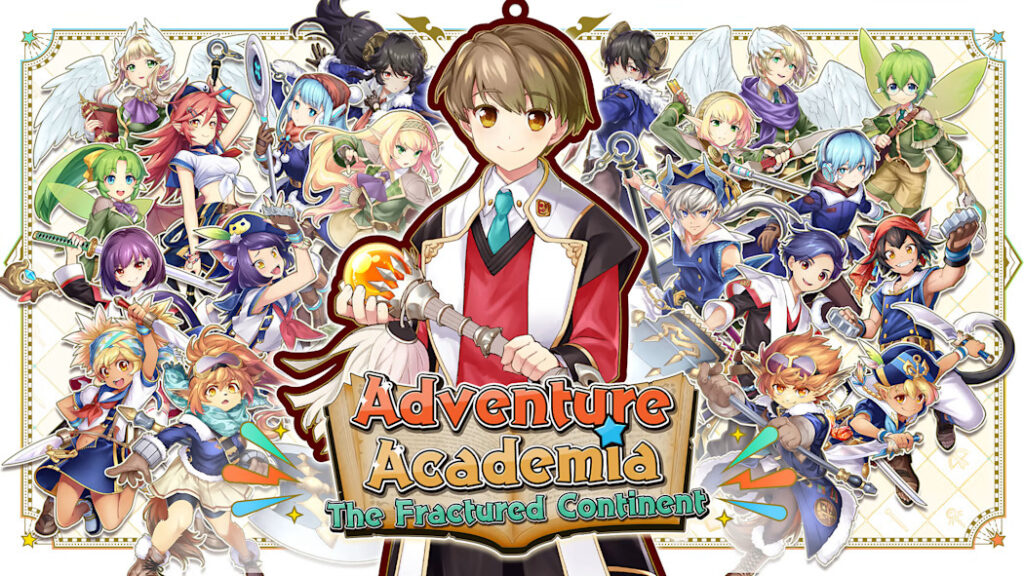
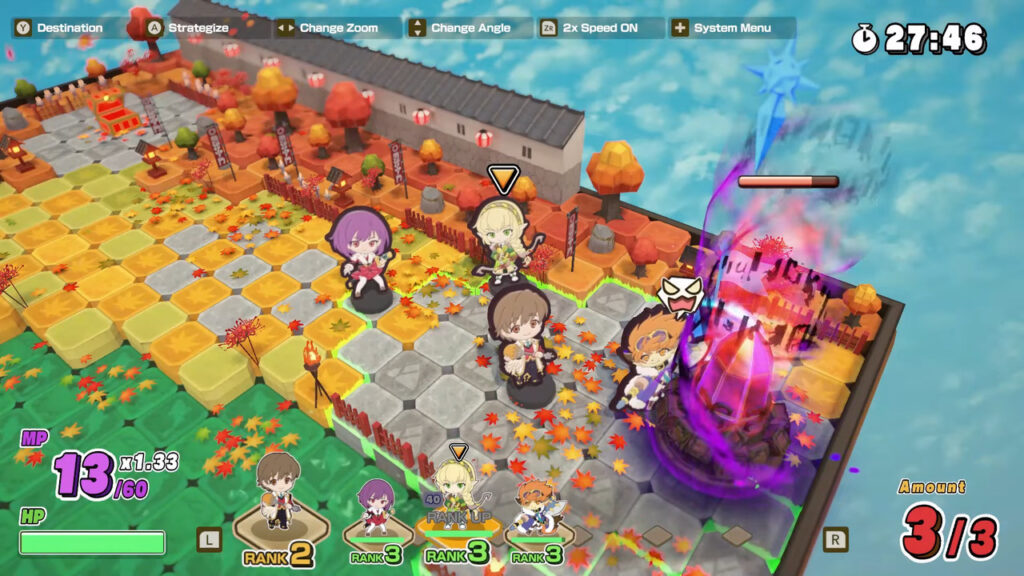
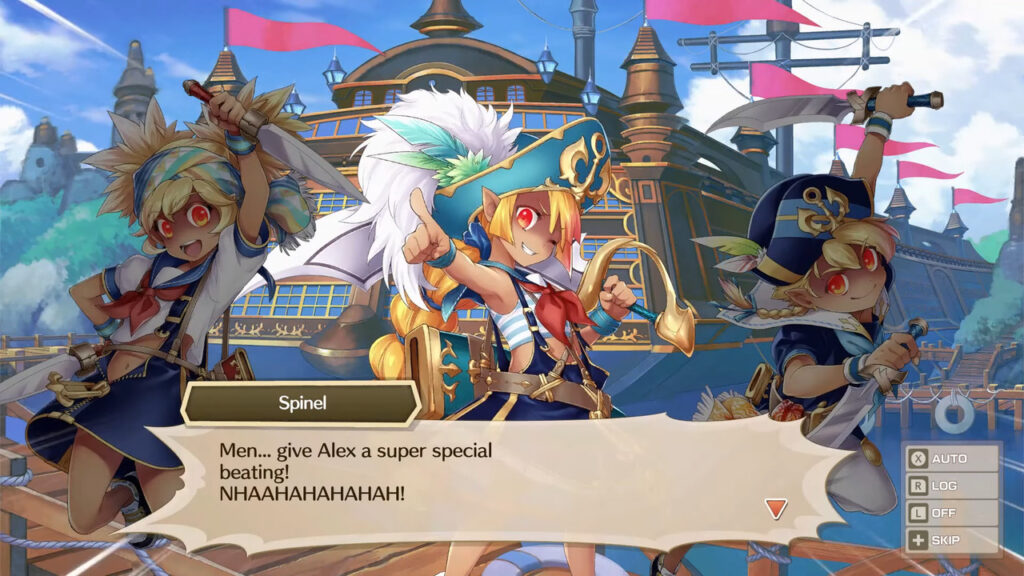
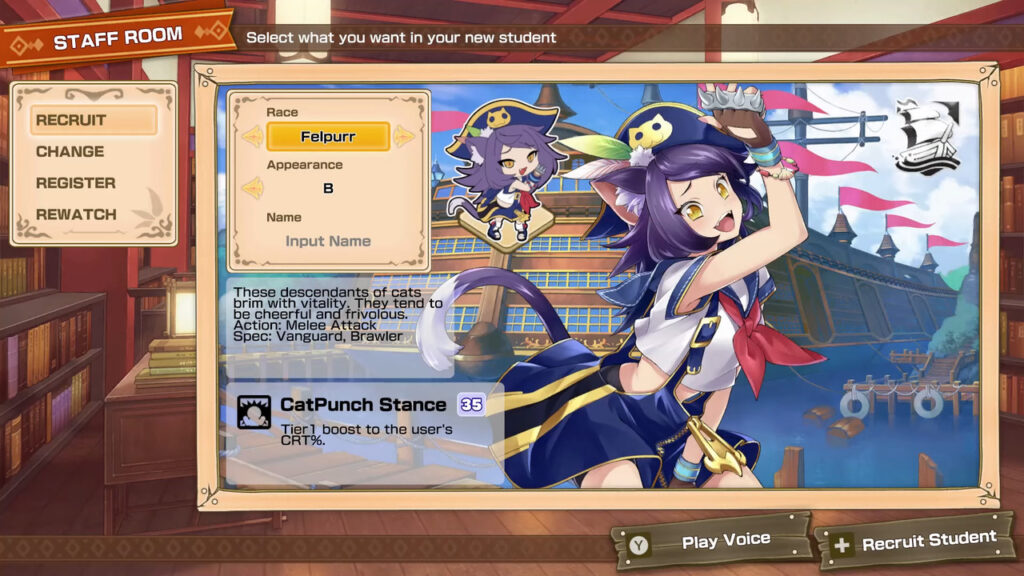
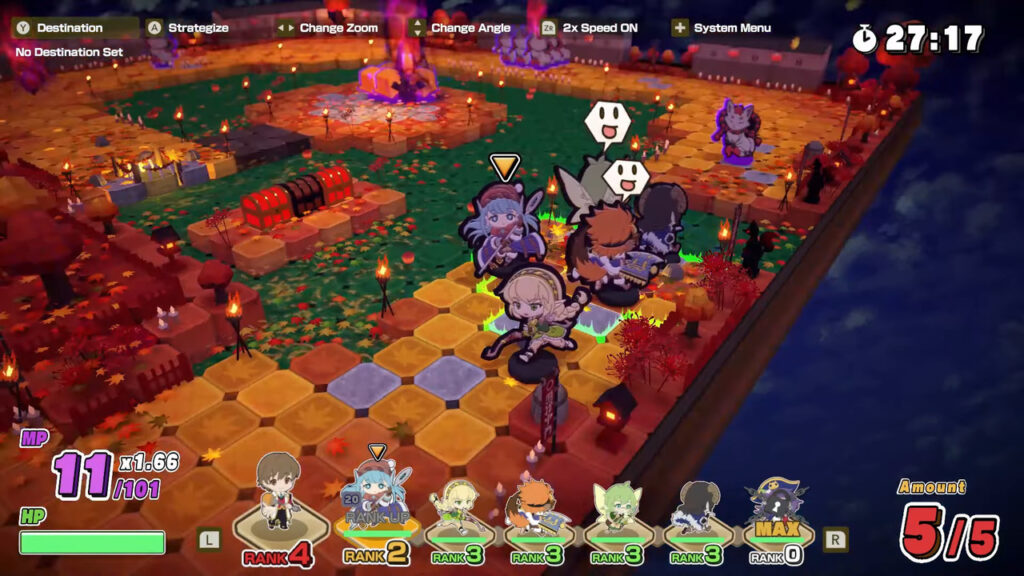
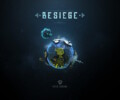
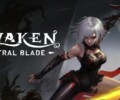


No Comments